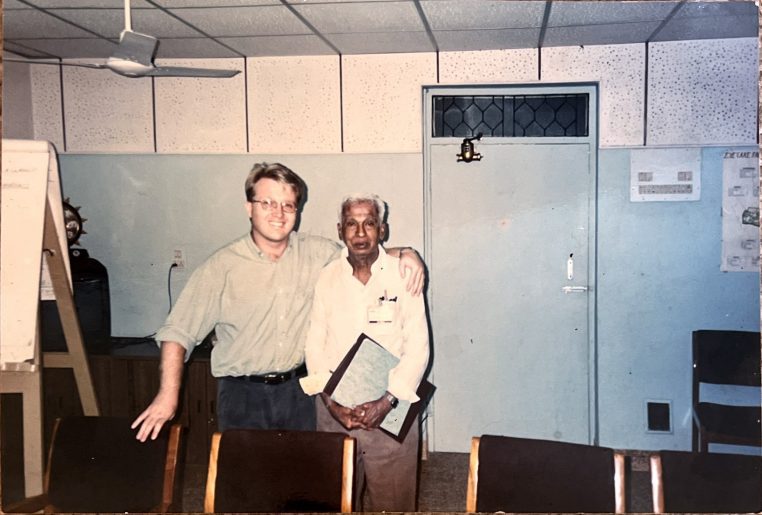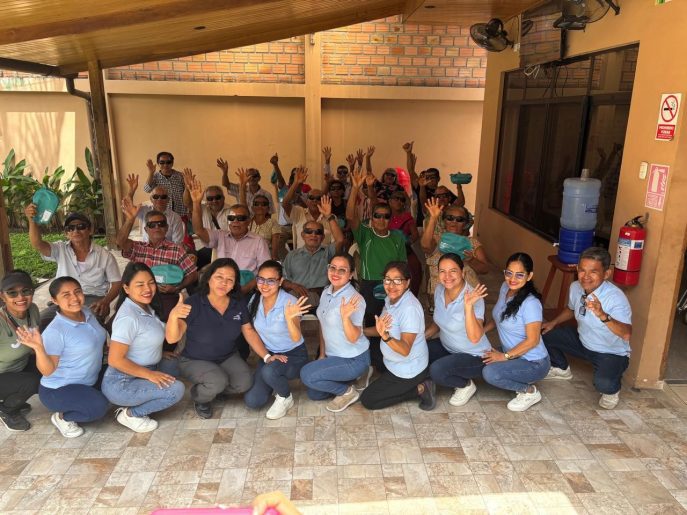Researchers in India have identified gene mutations which are likely to shed light on the development of glaucoma — a leading cause for optic nerve-related blindness worldwide. Besides identifying gene mutations in Indian patients, the researchers have also compiled related mutations seen all over the world and developed a database to help access statistical and clinical information of particular mutation.
This assumes significance as one in five glaucoma patients in the world is an Indian.
“Researchers from Aravind Medical Research Foundation and Kamaraj University in Tamil Nadu have identified a few gene-specific mutations which have been found to have a role in the development of glaucoma. Once we arrive at some concrete conclusions, we will able to develop a targeted gene therapy which will help nip the disease in the bud,” said eye-surgeon P Sathyan, chief of glaucoma department at Aravind Eye Hospital, founded with support from Seva.
“In glaucoma, the mechanism which drains the eye of the fluid inside the eyeball is faulty. Fluid builds up and may damage the retina, leading to blindness,” said eye surgeon Aditya Kelkar of India’s National Institute of Ophthalmology (NIO).
Statistics gathered by the World Health Organisation (WHO) show that glaucoma is the second leading cause of blindness globally, after cataracts. Glaucoma, however, presents greater health challenge than cataract because the blindness it causes is irreversible.
MYOC, OPEN, CYP1B1 and WDR36 are the important candidate genes.
Nearly 4% of the glaucoma patients have mutation in any one of these genes. Mutation in any of these genes causes disease either directly or indirectly and the severity of the disease varies according to position of the genes.
“Our findings indicate that the mutation frequency of the MYOC gene is 2% in the Indian population affected with primary open angle glaucoma, which is not a well-studied ethnic group of the Asian continent,” said lead researchers S Krishnaswamy, P Sundaresan of Aravind Medical Research Foundation.
The variations identified in our study have been previously reported in the Western population. However, the nonsense mutation Gln368Stop was not observed in the present study and thereby suggests that it may not be a common disease-causing mutation in the Indian population. Among other Asian populations, studies in Japan also didn’t report this nonsense mutation, the researchers said.
Researchers from Madurai Kamaraj University and the Aravind Medical Research Foundation have developed the database which is published in the online research journal Bioinformations of the PubMed Central Journal.



